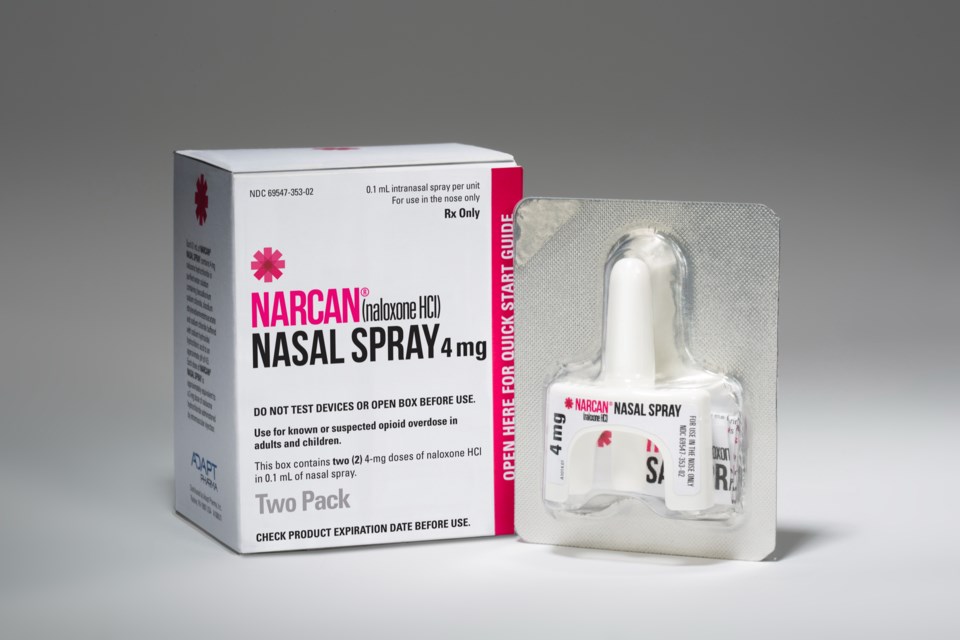A program administered by the Arizona Department of Health Services (ADHS) helps Arizona emergency responders save lives by providing lifesaving naloxone to administer or leave behind when responding to opioid overdoses.
State law permits EMS agencies to leave behind pre-packaged, intranasal naloxone (Narcan) if an emergency medical care technician determines that it can be used in the future by the at-risk person, family members or friends to reverse an opioid overdose. First responders often are in the best position to prevent opioid-related deaths by administering naloxone and recognizing those who may be at risk.
That’s why the Bureau of EMS & Trauma System is encouraging EMS and law enforcement agencies to check out azhealth.gov/naloxone to learn about the Naloxone Leave Behind program and how to order naloxone at no cost through ADHS. The website offers resources including online training on the state of the opioid epidemic, recognizing opioid use and overdose, identifying conditions that may mimic opioid overdose, naloxone administration and help available for those experiencing opioid use disorder.
It’s among the strong steps Arizona has taken to combat the opioid crisis since Gov. Doug Ducey declared a public health emergency in 2017. Others include new rules for licensed health care facilities, pain management clinics and sober living homes, educating health care providers on responsible prescribing practices, expanding treatment resources and using an opioid surveillance system to track reported overdoses, naloxone prescriptions and naloxone use by first responders.
The Naloxone Leave Behind program and naloxone supplies for Arizona EMS and law enforcement agencies are offered through a First Responders Comprehensive Addiction and Recovery Act (FR-CARA) grant.
EMS and law enforcement in Arizona have reported more than 9,600 responses for suspected opioid overdoses in 2022. Naloxone was administered in over 80% of non-fatal suspected overdose responses in 2022, according to reports received from EMTs, paramedics and law enforcement.
The ADHS opioid dashboard shows there have been 1,504 confirmed opioid deaths in Arizona in 2022 – about five each day. Additionally, there were 20,935 emergency and inpatient hospital visits involving a suspected drug overdose in 2022.
If you are experiencing opioid use disorder or know someone who is, confidential help is available by calling OARLine at 1-888-688-4222.
Rachel Garcia is the bureau chief of EMS and Trauma System at the Arizona Department of Health Services, which is the lead state agency that coordinates, establishes and administers Arizona’s statewide system of emergency medical services, trauma care and registry systems. Garcia is an Arizona native with over 15 years of experience in public health. She previously served as the deputy chief of Public Health Emergency Preparedness and Response and has assisted with multiple Health Emergency Operations Center responses at ADHS. Before joining the ADHS team, Garcia held various leadership roles in local public health. She was an assistant director of public health in Pinal County, where she oversaw Community and Correctional Health programming. Garcia also served in multiple public health research and community outreach positions at the University of Arizona, where she earned her Master of Public Health and bachelor's degrees and completed Susan G. Komen and National Science Foundation fellowships.



